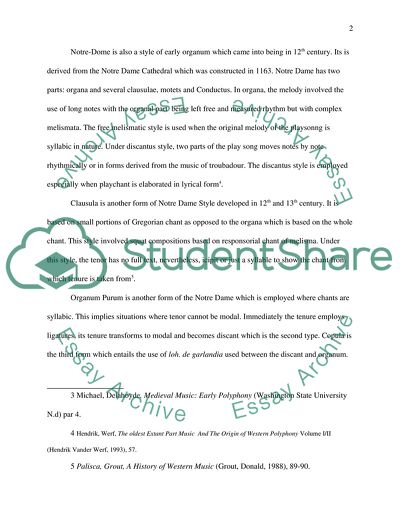Cite this document
(Polyphony in the Middle Ages Coursework Example | Topics and Well Written Essays - 2250 words - 1, n.d.)
Polyphony in the Middle Ages Coursework Example | Topics and Well Written Essays - 2250 words - 1. https://studentshare.org/music/1773712-polyphony-in-the-middle-ages
Polyphony in the Middle Ages Coursework Example | Topics and Well Written Essays - 2250 words - 1. https://studentshare.org/music/1773712-polyphony-in-the-middle-ages
(Polyphony in the Middle Ages Coursework Example | Topics and Well Written Essays - 2250 Words - 1)
Polyphony in the Middle Ages Coursework Example | Topics and Well Written Essays - 2250 Words - 1. https://studentshare.org/music/1773712-polyphony-in-the-middle-ages.
Polyphony in the Middle Ages Coursework Example | Topics and Well Written Essays - 2250 Words - 1. https://studentshare.org/music/1773712-polyphony-in-the-middle-ages.
“Polyphony in the Middle Ages Coursework Example | Topics and Well Written Essays - 2250 Words - 1”. https://studentshare.org/music/1773712-polyphony-in-the-middle-ages.


